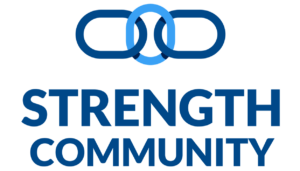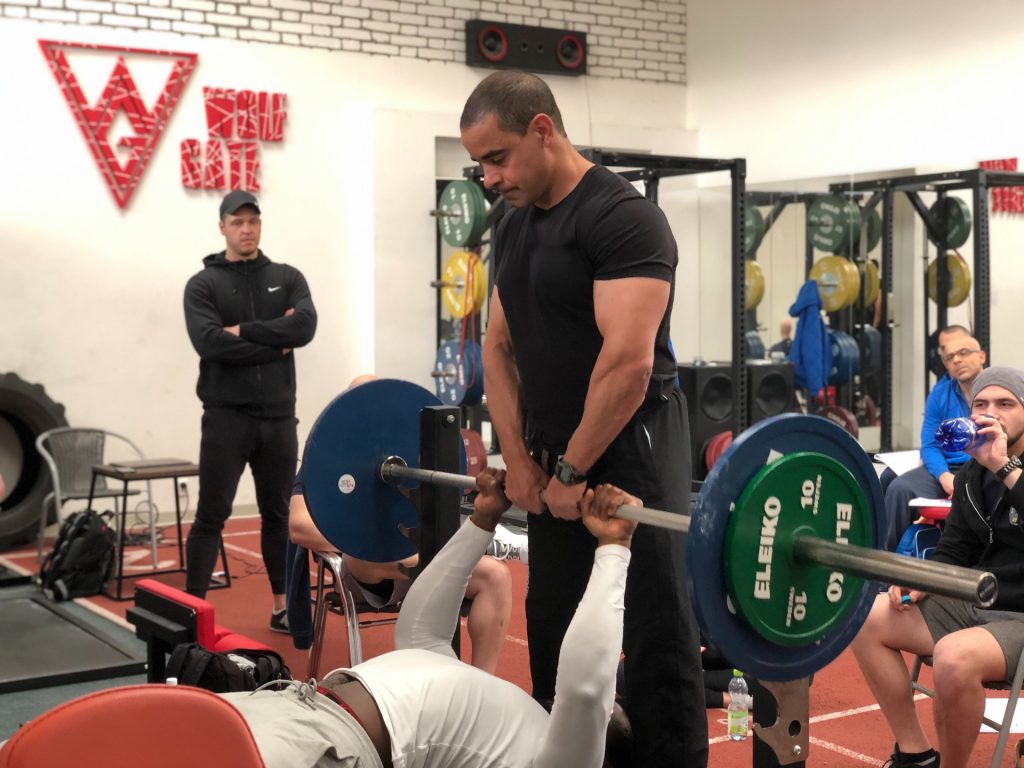If you have read my series of articles “How to prepare for a great training session” you might already know how pre-training food, supplements, stretching, training plan and motivation can improve or totally ruin your workout. But let’s talk about what to do during the workout to make sure the actual training session is great!
LENGTH OF THE TRAINING SESSION
The first thing you must keep in mind is that the training session should last 60 minutes, max. Of course, I’m talking about maximum 60 minutes of training, so warming up, pre-workout stretches and chatting to your friends are outside of this time frame.
Physiological Reason
Physiologically speaking, after 60 minutes of training, your testosterone to cortisol ratio won’t fall under the favorable ranges, therefore you will be in a catabolic state, which in simple terms means that you are destroying more than you are constructing.
For the vast majority of people, being catabolic and wasting lean muscle mass is not the main reason to go to a gym. It is actually the opposite. It’s not only about aesthetics. Research is very clear and has proven that the more muscle mass and strength you have, the healthier you’ll be, and the longer you’ll live. Dr. Gabrielle Lyon, a world class expert in the muscular system, has addressed this subject extensively.
Program Design
If in 60 minutes you cannot get a good workout, or you still have energy to keep going, most probably your training prescription is not adequate. A proper training program should correctly address the strength quality to be trained and the energy systems used during the session, in such a way that on the 60-minute mark, you should have reached your maximal potential for the day on both aspects
In my gym, when the training session is over, you’ll see the trainees just sitting by the bar table, looking at the horizon while having their post-workout shakes, waiting to recover a bit before they feel capable of driving or walking.
DON’T TOUCH YOUR PHONE DURING THE TRAINING SESSION
One of the first things I instruct my athletes during their training session, is not to touch their phones. Actually, one of them almost got his phone broken because I warned him and he didn’t pay attention to what I said.
But why you shouldn’t touch your phone or any electronic device?
Bad Radiation
There are hundreds of studies out there showing how harmful that radiation is for you and how detrimental it is for your health. The book EMF*D from Dr. Joseph Mercola addresses all the dangers of different types of radiation, and how to protect yourself from them.
On top of being damaging for your health, when you touch your phone, it actually makes you weaker. If you don’t believe me, watch this short video, and if it is not strong proof for you, try it yourself.
Focus
If you really want to progress, it is imperative that all your focus is and stays on the training you are doing that day. When your attention deviates from the lifts you are performing to a message, a post, news, etc., your mood, motivation and even neurotransmitter make up can change in that precise moment, to the point of completely ruining the rest of the training session. I have seen very motivated trainees going from great to pitiful during their workout, only because a message, post or news negatively affected them.
Self-Respect
To me, it is a matter of respect to yourself and to your goals and if you are serious about training, you should be able to dedicate to yourself this hour of the day. This might sound selfish somehow, but think about it. Switching off from your work, social media, friends and family and put all effort and focus into your training session is conductive to your goals and will train your ability to stay focus on the tasks you are performing during the day. Something majority of people are lacking these days.
How to Manage It?
What if your programs are on the Strength & Metabolic Software, a spreadsheet or any other software? Well, you can always print your programs from the Strength & Metabolic Software or a spreadsheet, but I cannot comment on other software. In any case, you can always bring with you a notebook or a piece of paper along with a pen or a pencil, and simply write down your weights, sets, reps, rest, etc., and when you get back home or it is time to work on your computer, you can input the numbers on the software and there you’ll have them, not a big deal.
Bottom line:
Make sure to prepare for your training session, keep your workout under 60 minutes and don’t touch electronic devices during that hour. Put these 2 strategies in practice and enjoy more productive, results producing and healthier workouts!
Coach Carlos Castro

